Now that we’ve covered the basics of the percentage of completion method (PCM), it’s time to explore IRS Form 8697, “Interest Computation Under the Look-Back Method for Completed Long-Term Contracts.” Form 8697 is required for some construction contractors that utilize PCM.
The Basics of the Look-Back Method
The percentage-of-completion method uses estimates and projections to calculate the amount of taxable revenue earned to date, which is then reported on the tax return. Because of this, the estimated profit on a completed contract may differ from the actual profit recognized when the job is finished.
The IRS uses the “look-back” method to assess interest due to overpayments or underpayment from prior contracts in progress.
If the gross profit on a long-term contract is underestimated, you will owe the IRS interest on taxes that weren’t paid but should have been. Conversely, if the long-term contract’s gross profit was overestimated, you will be entitled to receive interest income on the tax that was overpaid. The adjustment is reported on Form 8697, which is filed by the corporation, or in the case of an S-Corp or partnership return, is filed with the pass-through owner’s individual tax returns.
Requirements for filing Form 8697
The IRS has two key requirements for filing Form 8697:
- Taxpayers who, subsequent to the year of completion, adjust the contract price or costs for one or more long-term contracts from the previous year.
- Form 8697 must be submitted each tax year in which a long-term contract is completed using the percentage-of-completion method.
Exceptions for filing Form 8697
The look-back method does not apply to the following situations:
- If the contract is for a home construction project, or if the contract will be completed within two years, AND the taxpayer’s average annual gross receipts for the previous three tax years do not exceed $30 Million (2024, adjusted annually for inflation).
- Contracts completed within two years of the contract start date that are less than the smaller of $1 million or 1% of the taxpayer’s average annual gross receipts for the previous three tax years before the tax year of contract’s completion.
- De minimis exception. If this election is made, there are two situations that the look-back method doesn’t apply. First, in the completion year of a contract, the cumulative taxable income or loss reported for that contract in each previous contract year is within 10% of the cumulative look-back income or loss on the long-term contract. The other situation is, in a post-completion year for the contract, the cumulative taxable income or loss is within 10% of the cumulative look-back income or loss at the end of the most recent year of applying the look-back method.
Looking Ahead
For construction companies using the percentage-of-completion method, understanding Form 8697 is imperative. Adjustments to long-term contract estimates can lead to interest owed or refunded, making it important to know when filing is required. By staying ahead of these rules and working with a tax advisor who specializes in serving construction entities, contractors can avoid costly surprises, ensure compliance, and keep their financial plans on track—allowing them to focus on what they do best, building for the future.





